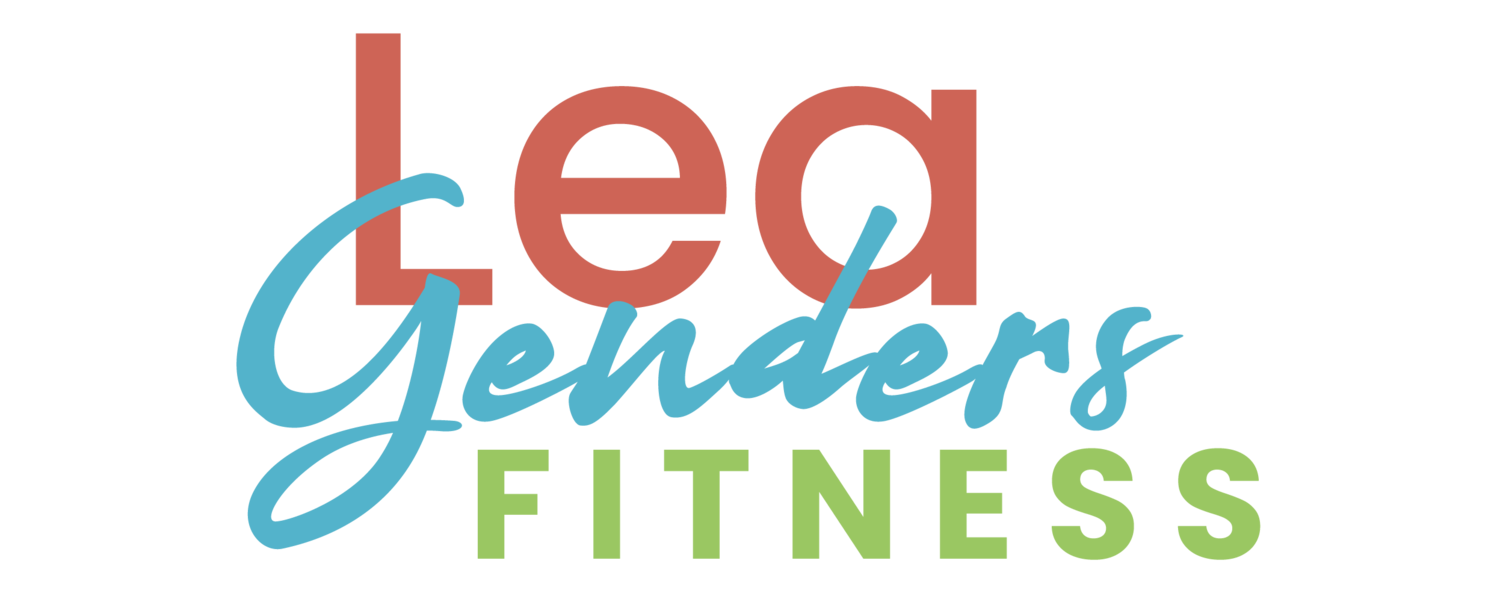When I talk about runner-specific strength training, I am referring to the types of exercises that will directly improve your running performance or will help you prevent injuries. While not all strengthening activities are equally beneficial to runners, something is always better than nothing. Runners usually need to do some strength training if they hope to have a long and healthy running journey. But there's a twist!
As runners, we usually have the additional challenge of fitting our strength work into our running schedule, on top of time with our families, careers, and social lives (assuming your social life survived 2020). If your goal is to improve running performance and reduce injury risk, focus on runner-specific strength training, i.e., the exercises that directly benefit your running performance. That way, you are not wasting any precious time on ineffective movements.
If you want to be a strong runner adding twist exercises in the transverse plane into your training program will help you reach your running goals. Runners who neglect this are making a mistake.
MULTI-PLANAR EXERCISES TO BUILD A STRONG RUNNER
If you want to become a well-rounded, injury-resistant runner, it's essential to strength train in all three planes of motion. If you are running, which is primarily in the Sagittal plane, and not intentionally strengthing the muscles in the other planes of motion, you may be creating muscle imbalances that could eventually lead to injuries.
Our bodies move in three planes of motion:
The Frontal Plane
The Frontal plane includes lateral movements, such as a side lunge, a curtsy squat, or a jumping jack.
The Sagittal Plane
The Sagittal plane includes forward and back movements, such as a squat, a lunge, or a deadlift. Running is primarily a sagittal plane movement.
The Transverse Plane
The Transverse plane includes rotational movements which divide the body from the top and bottom halves and is the focus of today’s post.
The Transverse Plane Exercises For Runners
The transverse plane is often the most neglected plane of motion in training plans but essential for runners and athletes to build an unbreakable foundation. Transverse plane exercises improve core stability, balance, coordination, and power output, all of which can directly improve your running performance and prevent injuries.
Here are a few examples you can start incorporating into your training plan for running performance and injury-prevention benefits.
I'd recommend starting with two sets of 8-10 repetitions on each side and build additional reps or sets as you get stronger.
Equipment
I am using various equipment in these demonstrations, but note that you can substitute with whatever you have available. You can save 10% off their already reasonable prices at ProsourceFit.com using the discount code for my clients and readers: ALEA10.
STEP UP TRANSVERSE PLANE
Use a box, a step, a bench, or any stable elevated surface. Stand tall by keeping your shoulders back and down, standing next to the box. Externally rotate your hip as you push through your foot on your leading leg. For an additional challenge, balance on your support leg, never touching your trailing leg to the box. You can also increase the challenge by increasing height.
ADD WEIGHTS AS YOU GET STRONGER
Hold the weights at your sides or shoulder height for an additional challenge.
OVERHEAD TO SIDE ARC ROTATIONS
Trainer tip: I am using a light bar, eight pounds in this demo, don't attempt with an Olympic bar. I often perform this movement as a warmup before my heavy strength sessions. Keep your knees soft and hold your core tight.
LIFT AND CHOP WITH MEDICINE BALL
With soft knees, hold a medicine ball to one side at knee height. With straight arms, move the medicine ball diagonally and rotate your body while shifting your weight onto the opposite foot. Lift the medicine ball with velocity until it reaches overhead.
For an additional challenge, try the movement while balancing on one leg.
LIFT AND CHOP WITH RESISTANCE BANDS
Same move as above with a resistance band looped around a low anchor. You can anchor the resistant band to a high point to reverse the movement in downward chop motion.
SQUAT WITH OVERHEAD ROTATION
Trainer tip: Don't attempt to go as heavy as you would with a typical squat. The idea is to strengthen the movement with light to moderate resistance.
How To Incorporate Transverse Exercises Into Your Training Plan
If you are new to strength training, any exercise you do to increase your capacity to get you to a baseline of strength is appropriate. If you have muscle weakness, then any strength improvement will positively impact performance. I'd challenge you to look at your current training with an eye for what is missing. Are you performing multi-planar exercises, including rotational movements in the transverse plane? A lot of times, it's the exercises that you are not currently doing are the ones that will benefit your running performance the most.
Consider Enjoyment, but Don't Neglect the Fundamentals
It's also worthy of considering enjoyment. If we enjoy an activity, we are more likely to make it a habit. If you dislike the gym but love your Yoga sessions or your Crossfit class, then the strength and fitness you gain from those sessions will be much more beneficial than the gym you miss all the time because you can't force yourself to suffer through it regularly.
Any strengthening exercises that you perform will likely have a residual positive effect on your running, especially if you are not currently doing any at all. However, keep in mind that boot camp classes that emphasize cardio, strength endurance, or strength exercises for time may not be as practical for runner-specific strength after the initial newbie progress.
The key is to find the balance of what you enjoy with what you need to do. Maybe you could add some transverse plane exercises into your warmup before running, or you head out to the class. It's great to do what you love, but don't neglect any of the fundamentals of runner-specific strength.
Exercises That Aren't Directly Helping Your Running
Some examples of exercises that are not the best use of time for runners in the gym to benefit their running performance are most of the single joint exercises, such as bicep curls. You may have different reasons for wanting big guns, there's nothing wrong with that, and there is some carryover; more muscular arms will help power your stride better than weak ones.
However, if we have time or schedule restraints and need to focus on the exercises that provide the most running benefits, bicep curls don't qualify. I'd argue that calf raises, bench press, shoulder shrugs, and leg extensions are all fine for general strengthening, but our exercise choices should be more specific if the outcome we desire is improved running performance. You get out of training what you put into it.
Let me know, are you currently performing transverse exercises in your running training plan? If not, will you begin now that you understand the direct benefits to your running performance? What's stopping you? Choose a couple of these exercises to build a stronger runner’s body.
Did you like this post? Do you know someone who might benefit? It helps me when you share with your friends and followers on Facebook, Twitter, or Pinterest.
Questions? I’d love to help.













Much of what we experience as suffering is just the story we tell ourselves about a situation. Recently, this simple shift in perspective gave me the clarity to finally make a massive decision I have been putting off for years. It is time for a major update.